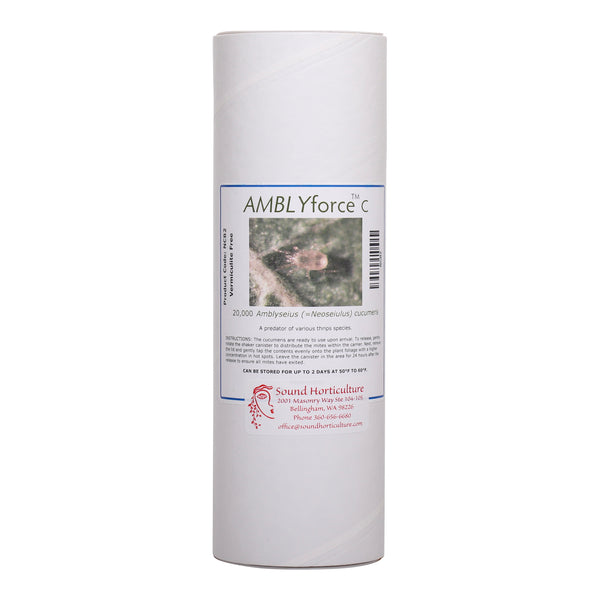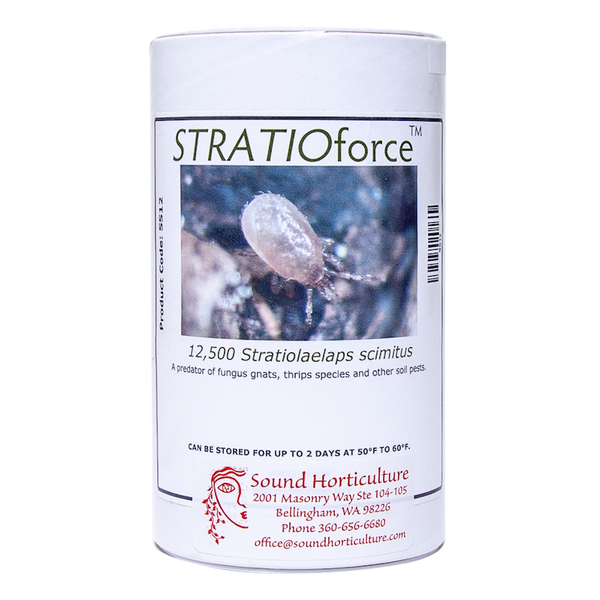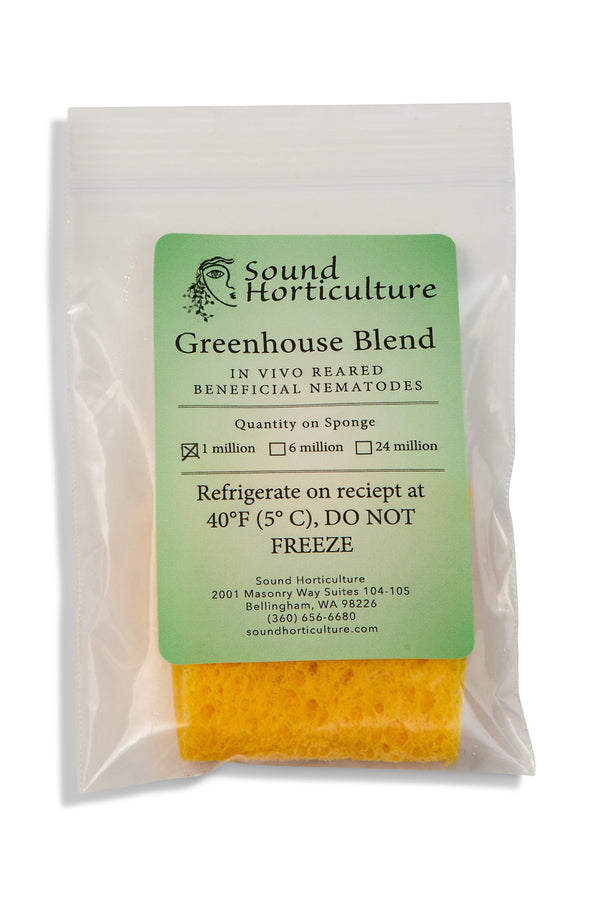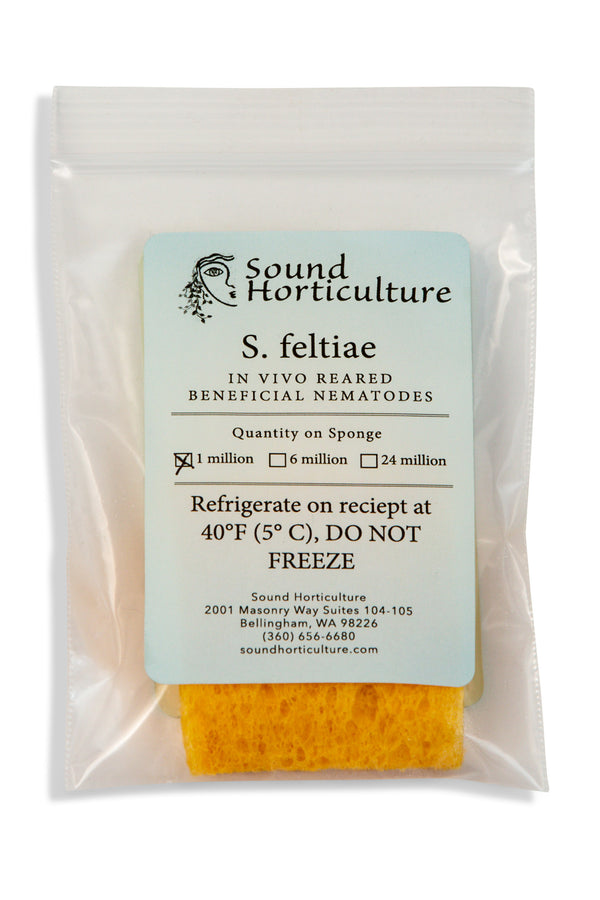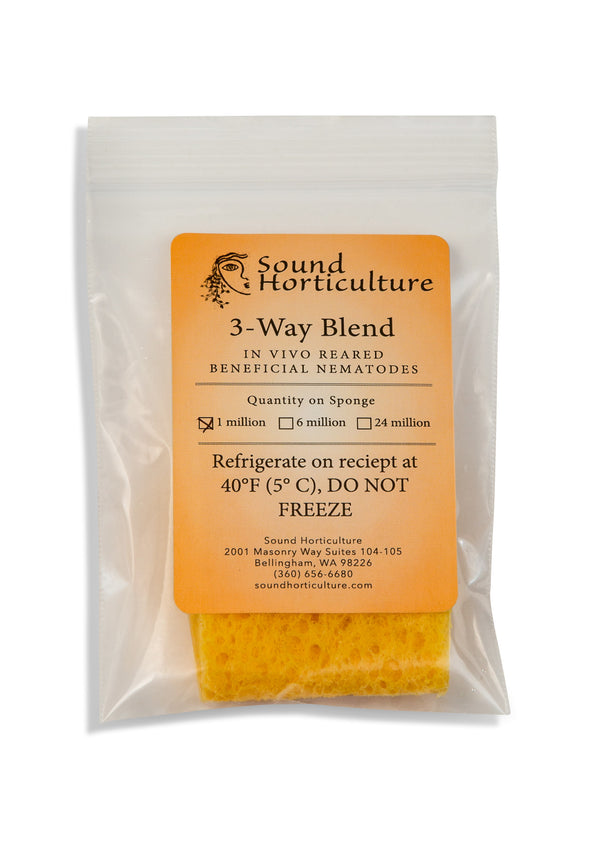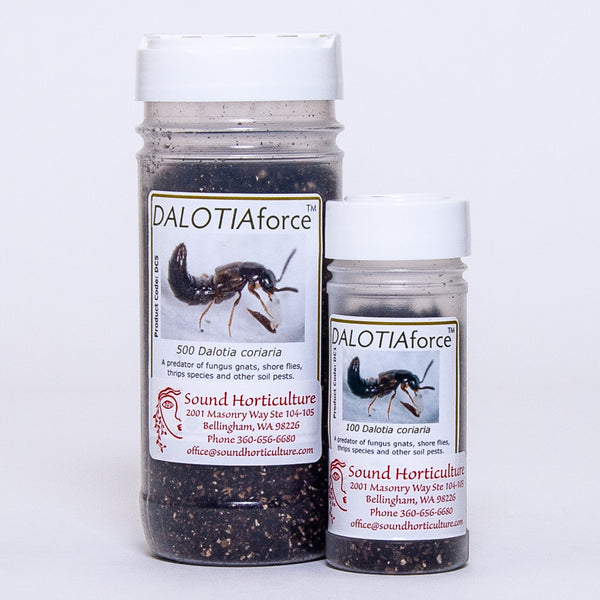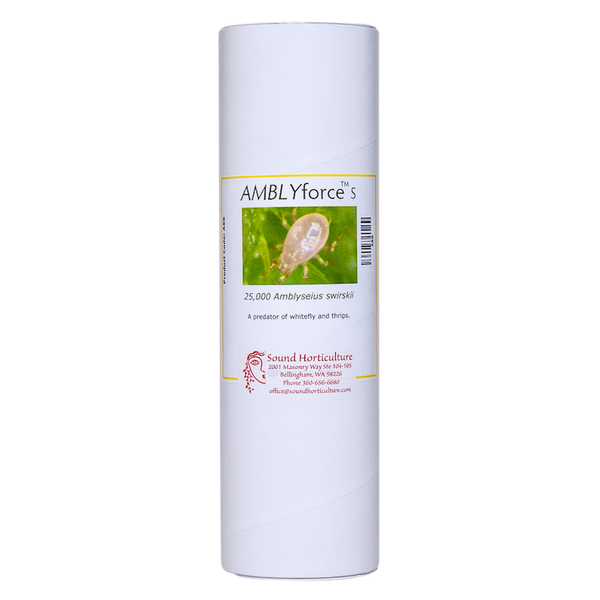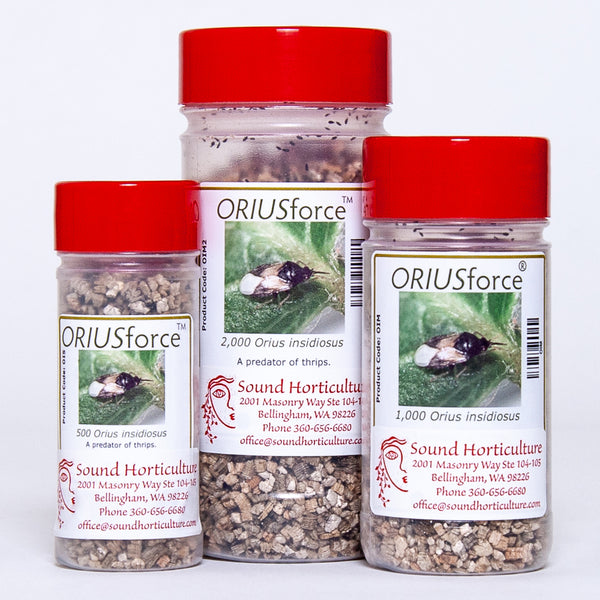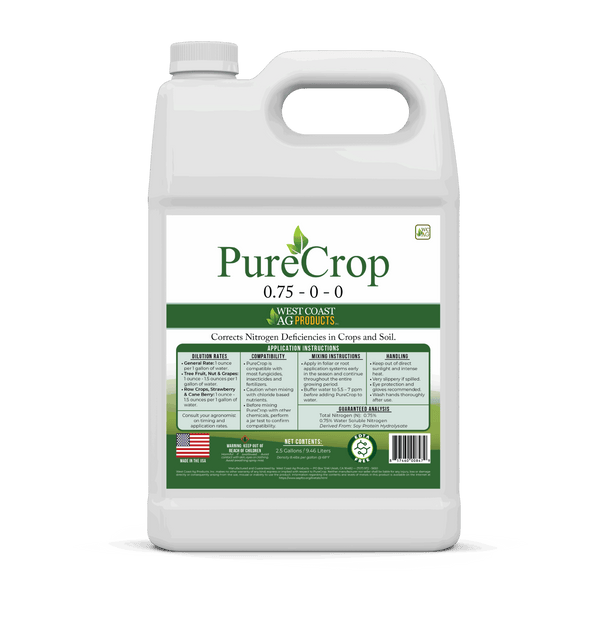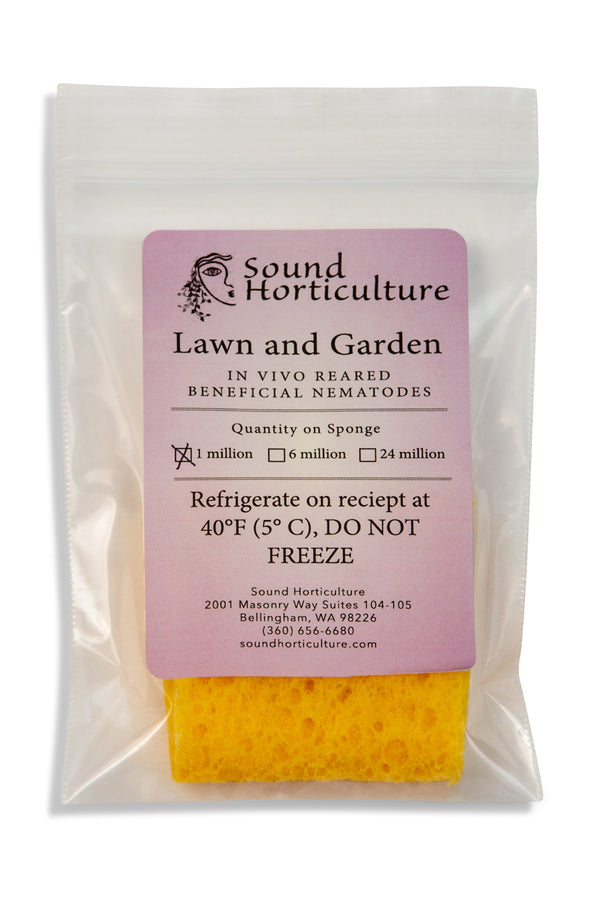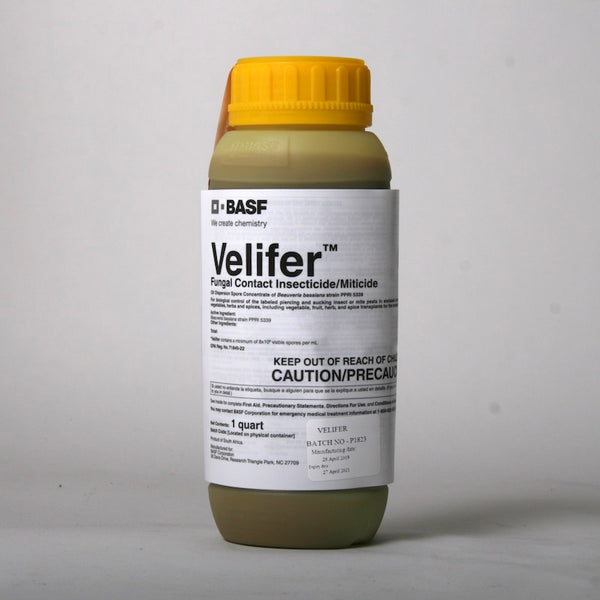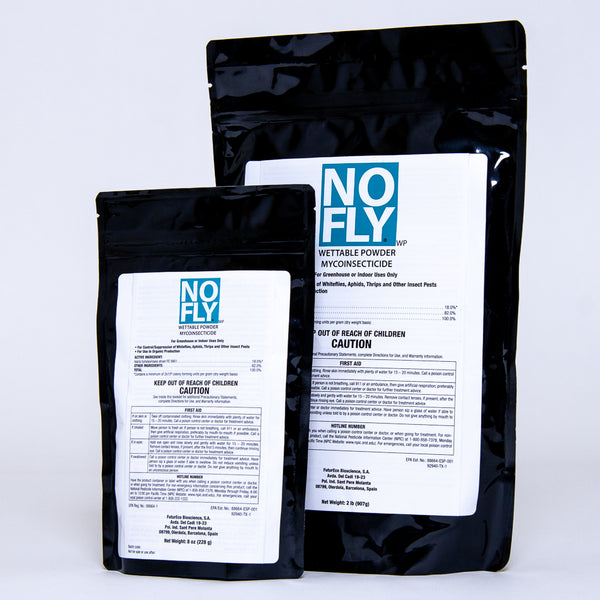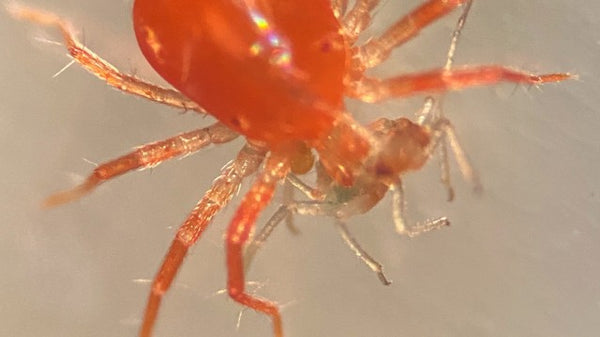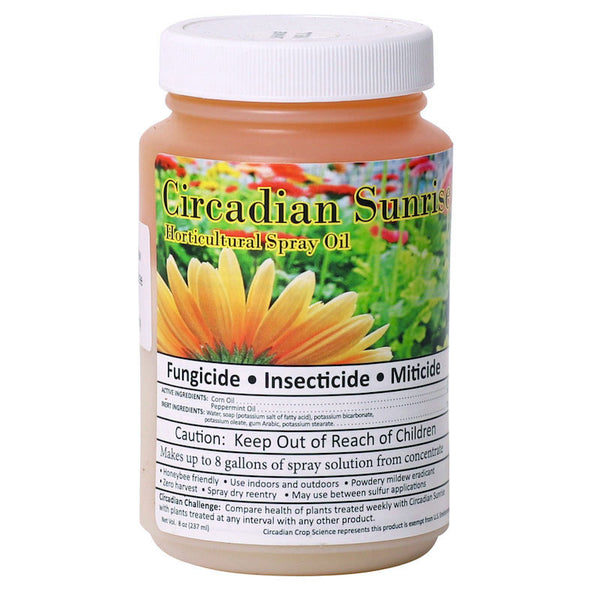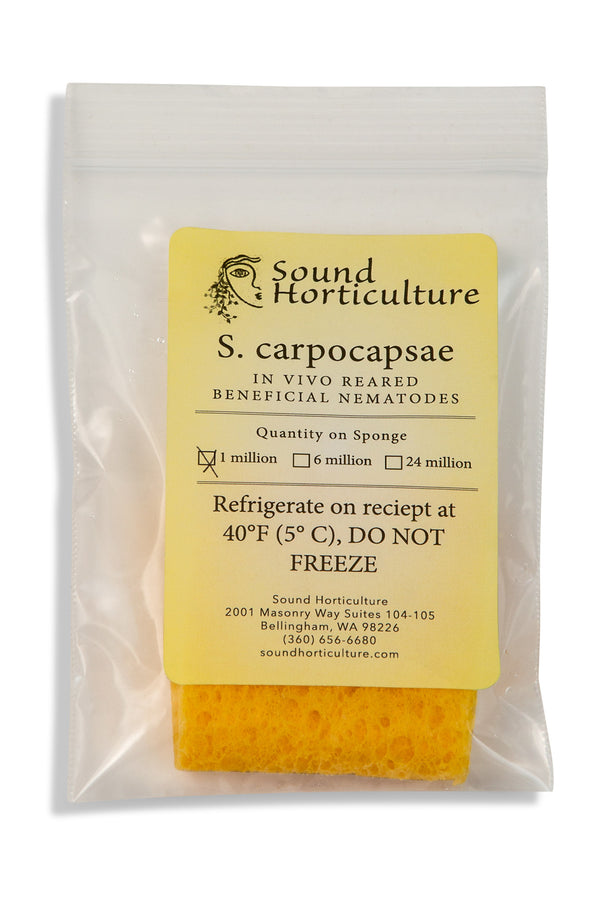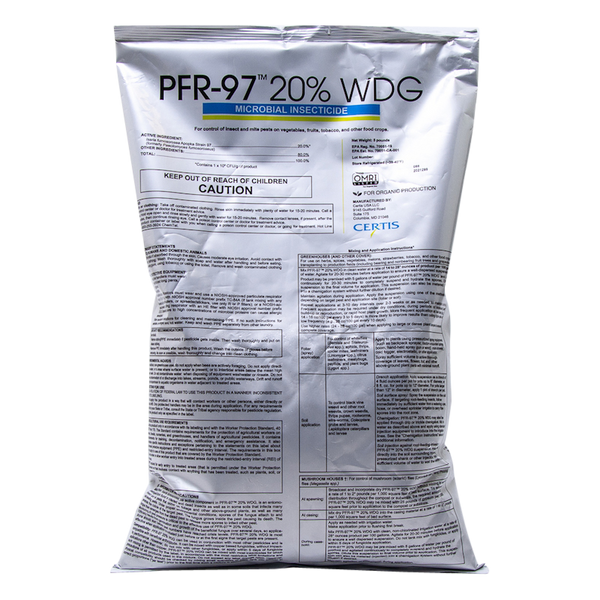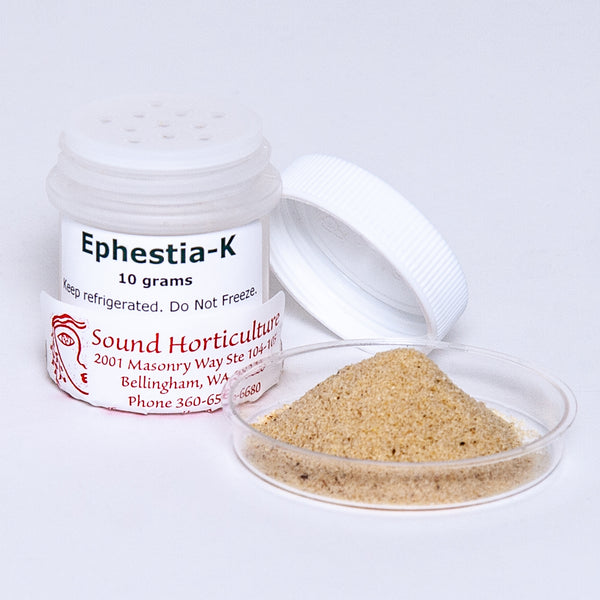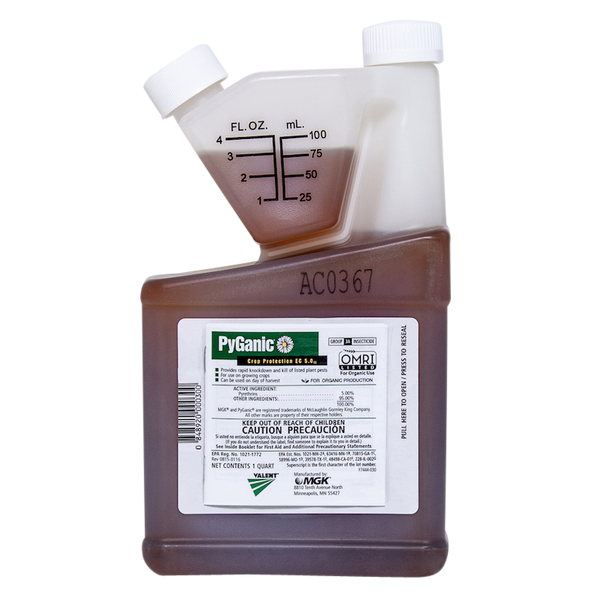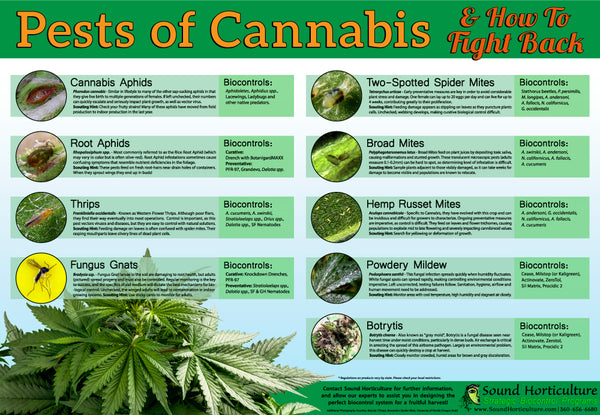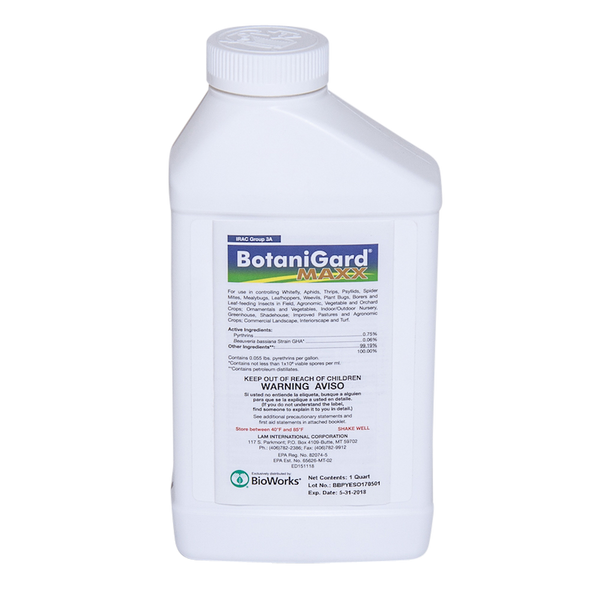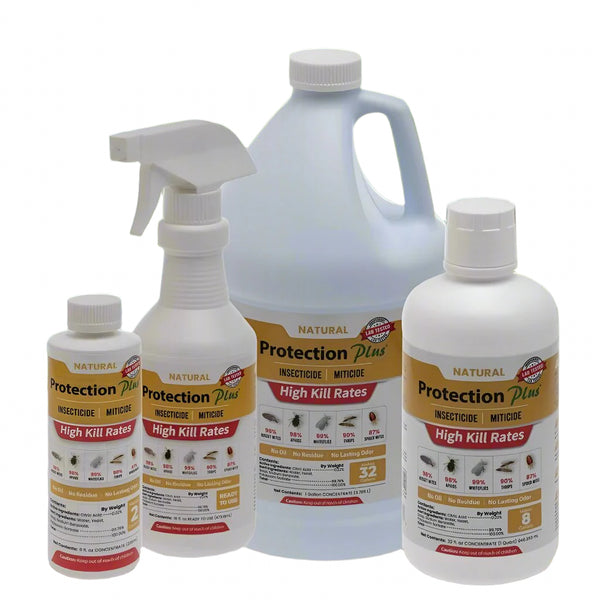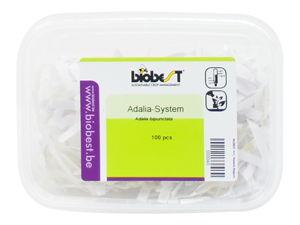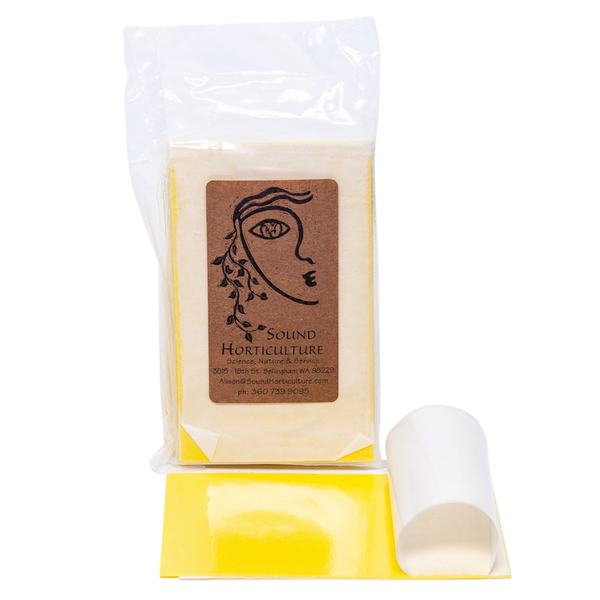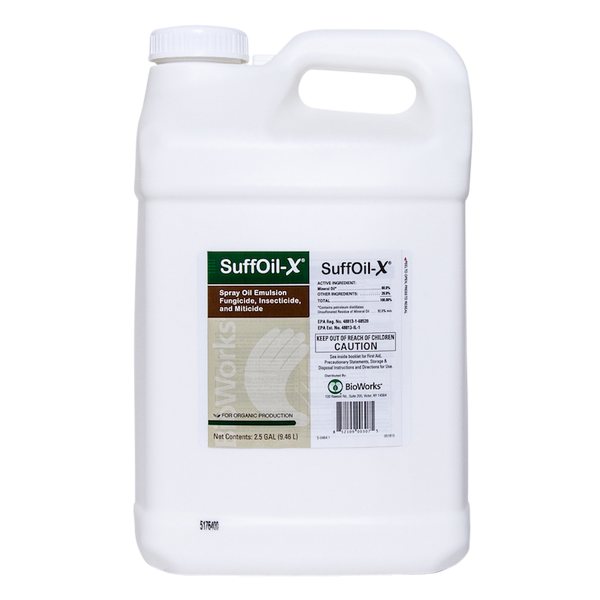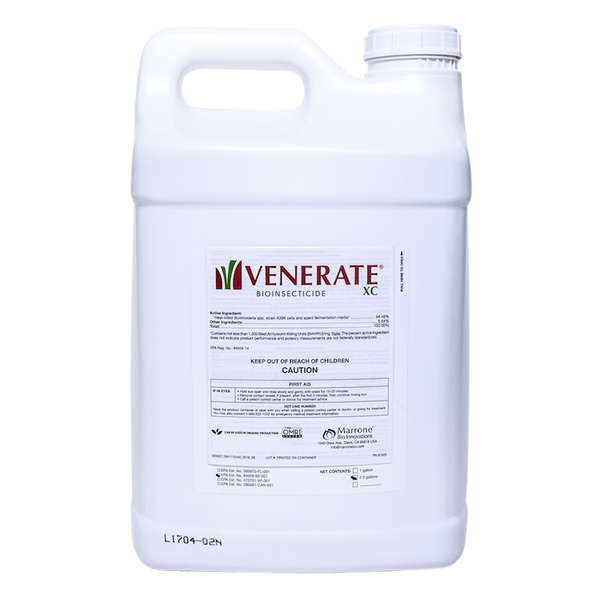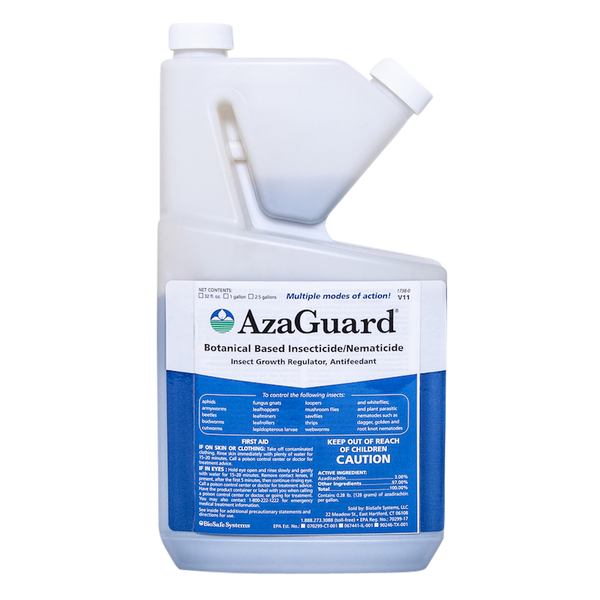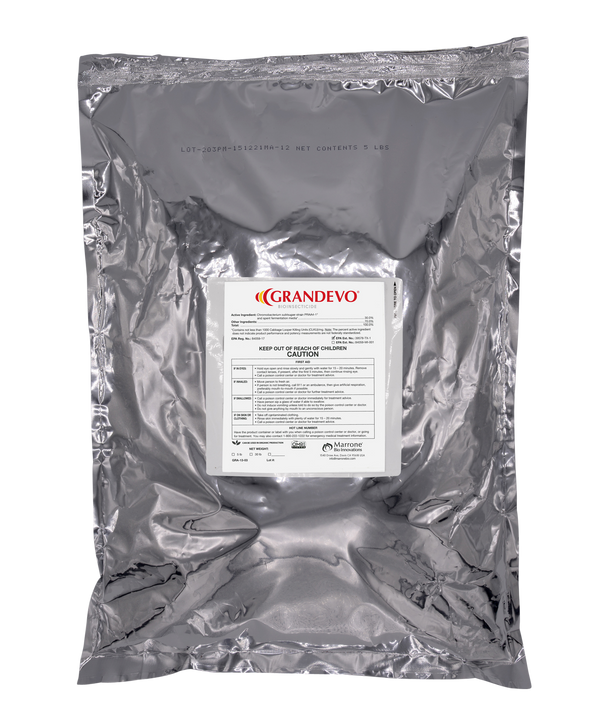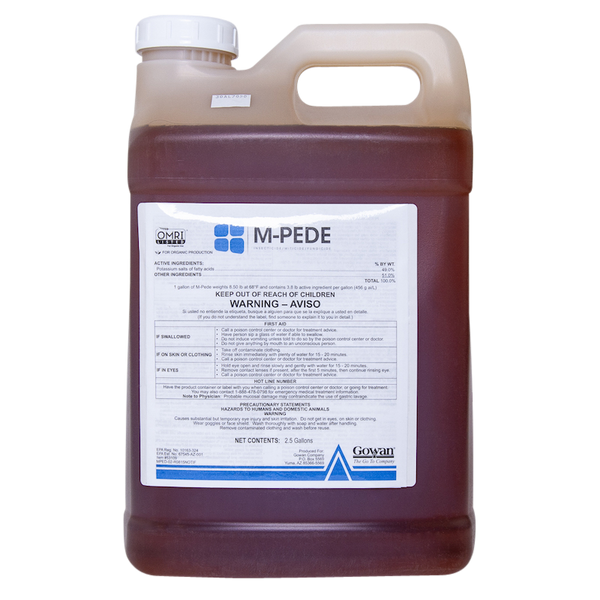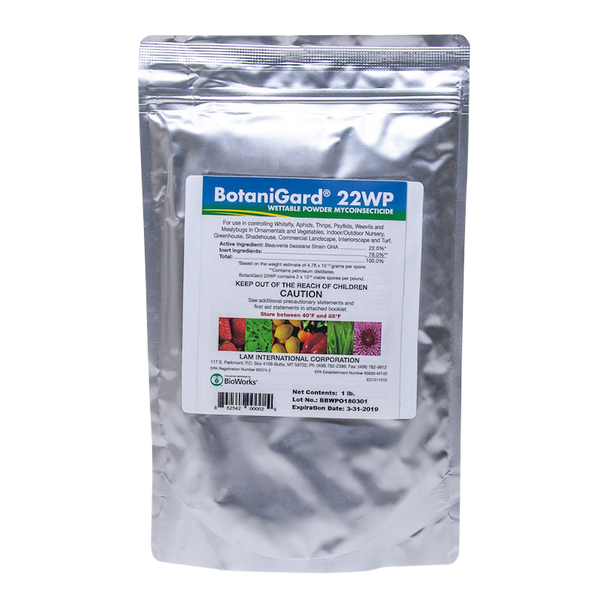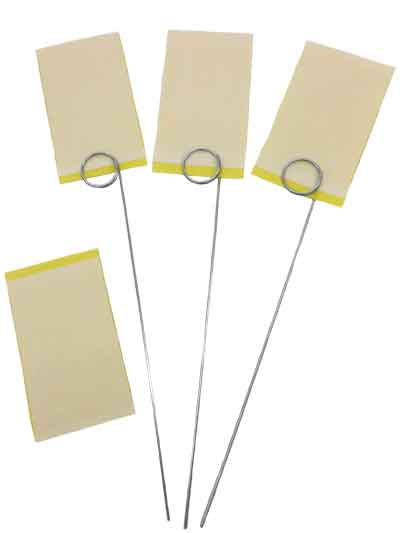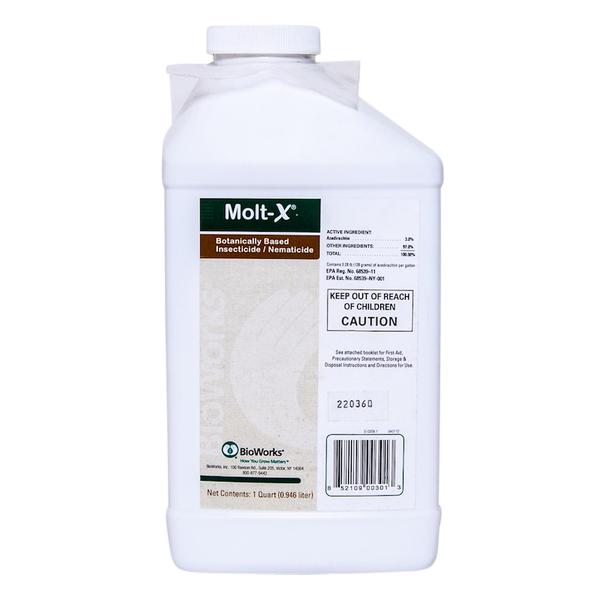Thrips Control
Thrips Control: Organic and Natural Solutions
Thrips are small, elongated insects that hide in crevices of flowers and foliage, leaving a silvery stippled appearance to leaves and petals as they feed. Our Organic Thrips Control collection offers a range of natural products to help you manage thrips infestations effectively.
Start your thrips control by monitoring your crops for thrips with yellow sticky traps. These can show trends over time and with specific crop systems helping you decide when to treat. A general starting point for control might be 15 thrips per yellow sticky card per week.
Introduce predatory mites early on to get them established. Amblyseius cucumeris and Amblyseius swirskii are two common thrips predators. These beneficial mites only consume the younger stages of thrips, so they are best combined with other biocontrols and used on a consistent basis.
Stratiolaelaps scimitus the predatory soil mite and Dalotia coriaria the rove beetle, are excellent predators for thrips pupae in the soil. These only need to be applied once or twice per crop cycle as they will establish in many growing systems.
To control all stages of thrips, from egg to adult, introduce the Minute Pirate Bug, Orius insidiosus, which are good flyers and can move efficiently throughout the crop. Orius will likely reproduce in the crop if there is a good pollen source. Banker plants can help with this.
For a thrips knockdown or to control a heavy infestation, add in a mycoinsecticide like Velifer or Botanigard, an oil like Circadian Sunrise or Neem Oil or any of the organic products listed below.
Explore our collection and find the right solution for your garden, greenhouse or indoor plants. All products are eco-friendly and safe for use around pets and children.
Western Flower Thrips Control
Onion Thrips Control
Availability
Price
- 1
- 2

